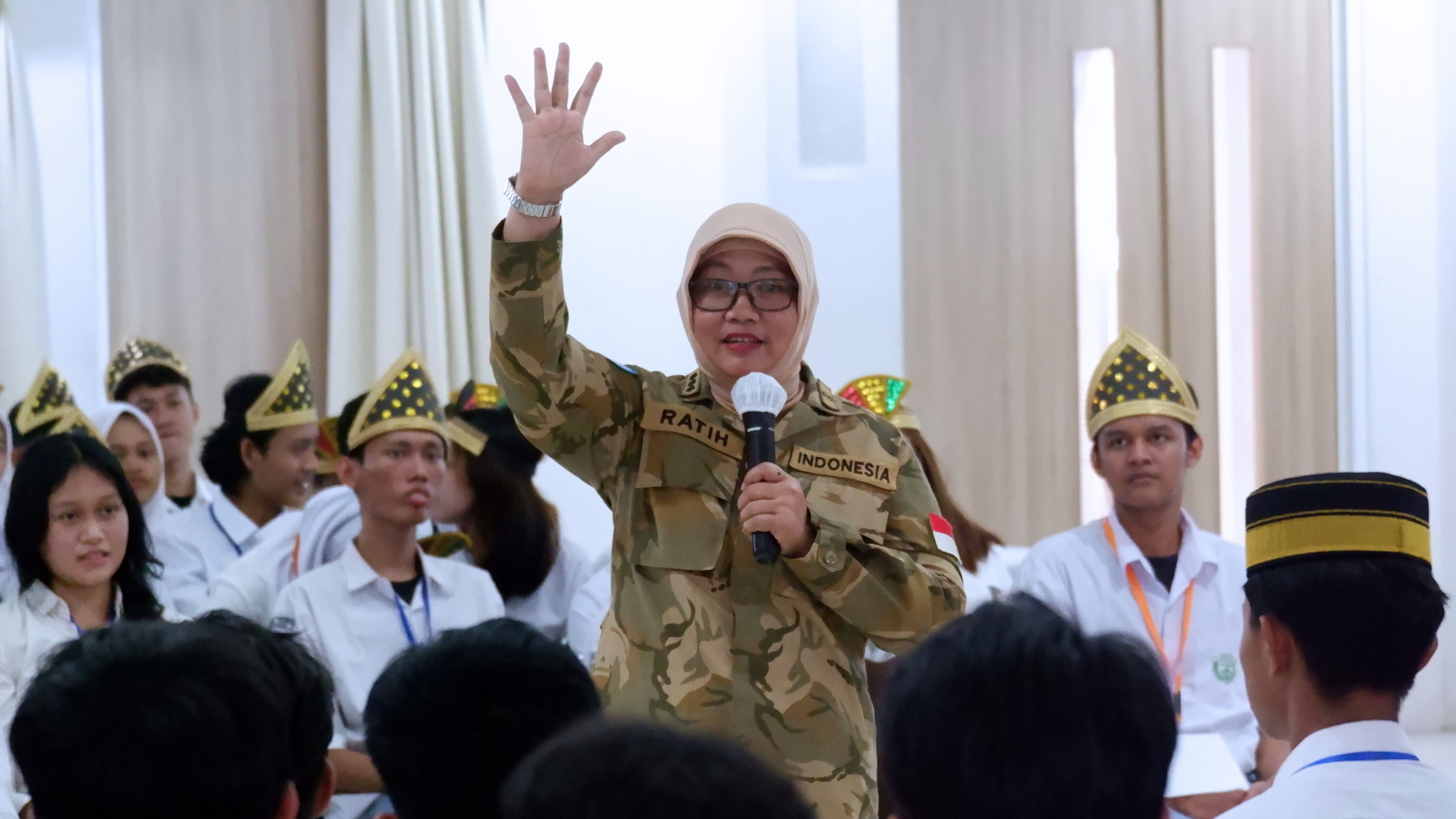Quality Determines Preference: A Study on Service Quality
.jpg)
In determining the use of a service, individuals often conduct extensive research on the available services. Generally, this is done as a form of comparison study on the quality of services provided by institutions.
Through a research report prepared by a student from the Management Study Program at Universitas Dian Nusantara, Rendi Pramudya, supervised by Mr. Rahmat, S.Pd.I., M., titled "The Influence of Physical Environment, Price, and Promotion on Parents' Decisions in Choosing Education for Their Children at SMK Bina Husada Mandiri," the study not only focuses on educational management but can also be applied to service quality and management of a service provider.
The physical environment is one of several elements that service users consider when choosing a learning place for their children. According to Lupiyoadi (2013:120), the physical evidence of an institution's environment can affect the appearance of the company and create interactions between the company and the consumer. In addition to the reputation within the institution's scope, other factors such as public relations communication, support for specific events, and institutional activities that benefit the surrounding community can enhance public emancipation.
An environment consists of several elements, such as the institution's facilities and the visualization of an institution's logo, which not only represents the identity of the institution but also its professionalism. Physical evidence provides tangible proof that can be evaluated directly. This offers an opportunity for an institution to consistently communicate its message regarding what it aims to achieve in delivering services in its field.
Another factor that can influence perception is the pricing policy offered to consumers. As is well-known, each country has different economic levels depending on the severity of inflation and the spending power of its citizens. Pricing decisions can influence perceptions because consumers will naturally have expectations about the services offered.
With the two aforementioned aspects—physical environment and pricing—that can attract consumers, the next important aspect is how to promote the service. Promotion is a form of public outreach intended to convey messages and information related to product knowledge or activities to the public. Cummins (2014:14) explains that the promotion process is a technical step aimed at achieving sales or marketing targets, while still adhering to cost-effectiveness.
According to Kotler and Keller (2012:227), market management involves various processes and strategies to achieve marketing objectives, including understanding consumers, developing appropriate products, determining competitive pricing, and carrying out distribution and promotion. This enables the creation of alternative solutions by an institution to address service user issues, and such alternatives indirectly function as risk management.
As a university that equips its graduates with core values of Visionary, Integrity, and Professionalism through the study of Management Science, students are expected to become knowledgeable individuals in the managerial and entrepreneurial world.
(Kornelia Johana / Humas UNDIRA)
Press Contact :
Biro Humas & Sekretariat Universitas Dian Nusantara
Facebook : www.facebook.com/undiraofficial
Instagram : www.instagram.com/undiraofficial
Twitter : www.twitter.com/undiraofficial
www.undira.ac.id

Campus Tanjung Duren
Jln. Tanjung Duren Barat II No. 1
Grogol, Jakarta Barat. 11470
Campus Green Ville
JIn. Mangga XIV No. 3
Campus Cibubur
Jln. Rawa Dolar 65
Jatiranggon Kec. Jatisampurna, Bekasi. 17432




.jpg)





